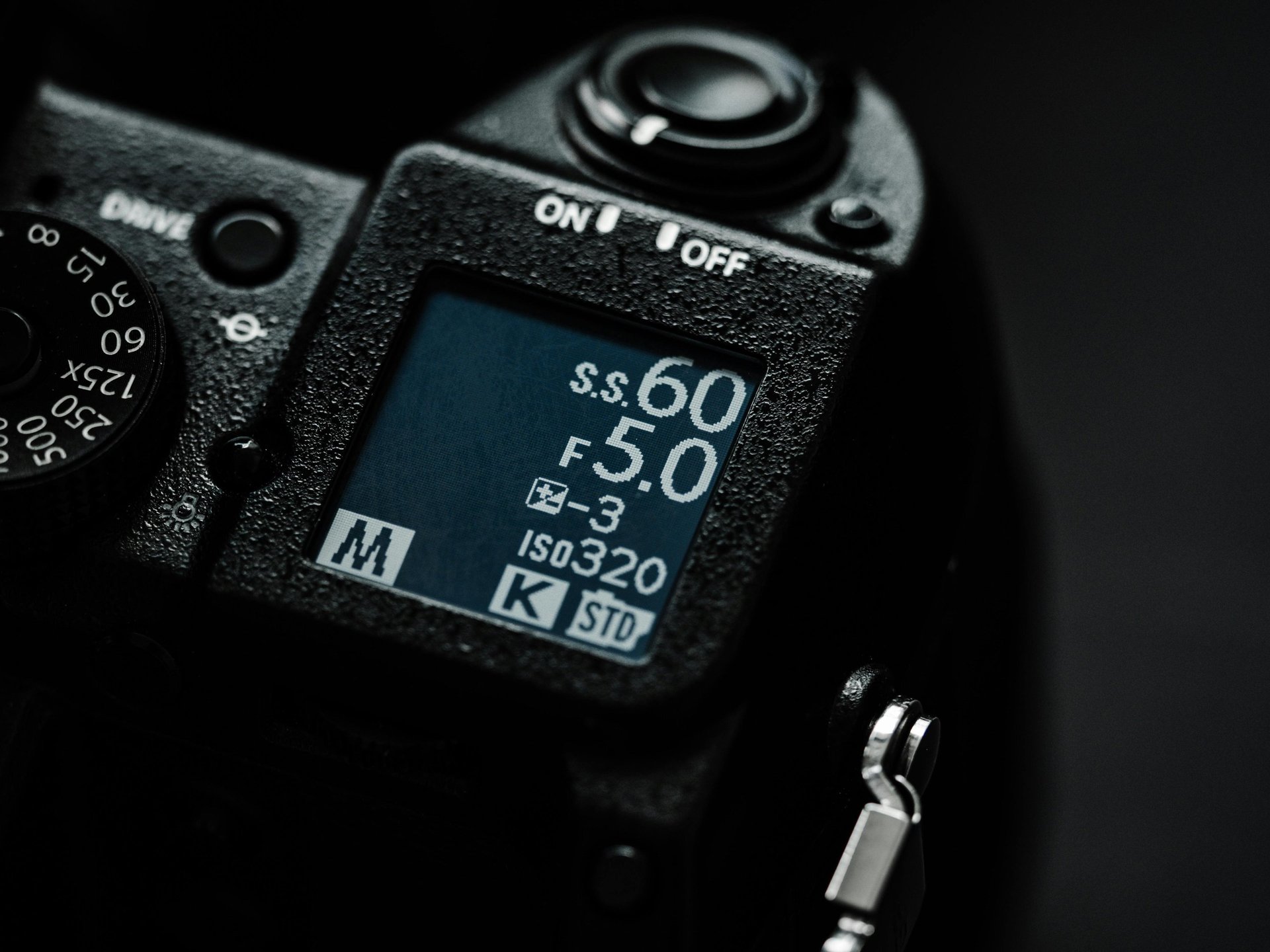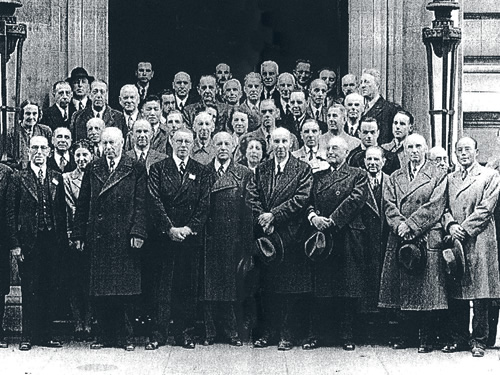
What is ISO and why is it important to understand it?
While the history of how this standard measure was created is important, we won’t explore it in full—only the parts that truly interest us: how ISO was created and how it becomes involved when we take a photo or record a video.
Alberto Cano
10/1/2025
Before 1947 (the year this organization was founded), each camera brand had its own system for measuring ISO, which made it difficult to understand the technical details behind how each image was created. So, to solve this problem, delegates from 25 different countries agreed to meet in London to establish the International Organization for Standardization.


First ISO meeting: In London, in 1946
What does ISO mean?
Actually, the organization provides this explanation of the name:
ISO is the short name for the International Organization for Standardization. It’s not an acronym, but a name inspired by the Greek word isos, meaning “equal” – reflecting our mission to create standards that ensure consistency and equality worldwide. Because the organization’s full name – and its initials – would vary across languages (for example Organisation internationale de normalisation in French), our founders chose “ISO” as a universal short form that could be recognized globally, regardless of language.
Now you might be thinking, “Alright, that’s how ISO was created—but what is it?”
Every camera has three essential settings for capturing a photograph, and one of them—the one we’re focusing on today—is ISO. ISO detects the light we receive, whether natural or artificial, through our device’s sensor. In fact, on some smartphones, within the “PRO Camera” mode, we can even adjust this setting manually.
For example: If you're in a dimly lit space, your camera needs more sensitivity—so you raise the ISO. But under the midday sun, that extra boost isn’t necessary. ISO 100 will do just fine.


This chart is based on the Canon R7. Keep in mind that ISO ranges can vary depending on how recent or outdated your device is.
We can interpret it this way: As ISO increases, so does the sensitivity to light—and with it, the amount of noise in your image. Lower ISO settings help preserve clarity and detail.
So, what's the difference between noise and grain?
While noise and grain may look similar, their origins—and their impact—are quite different.
Noise is a technical flaw—usually caused by high ISO, poor lighting, or low-quality sensors. It shows up as random specks, makes smooth areas look messy, and reduces sharpness.
Grain, by contrast, is an artistic choice. It adds texture and mood to an image, whether captured naturally or added later in editing tools like Lightroom or Luminar Neo.




Without Grain
With Grain
